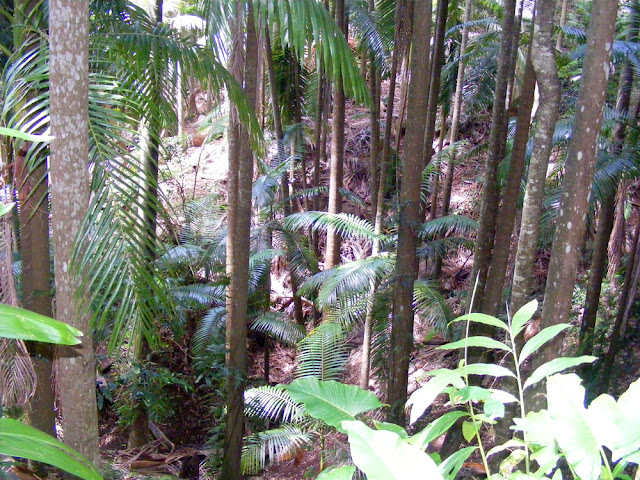In late October I was whiling away the time at the ophthalmologists, reading a copy of Grazia from November 2016. Inside, the article that really caught my attention was a two page spread about saving all the thousands of messages and tributes that had been left by people at the sites of the terrorist attacks in Paris twelve months earlier. I was fascinated and moved so I thought I'd pass on the story via the blog.
Today in the
Archives de Paris there are two shelves which are home to the 7689 documents that they collected from the streets after the attacks on 13 November 2015. This collection was the brainchild of a man called
Gérôme Truc. He felt it would allow historians and sociologists to have access to another dimension of the event ie how ordinary individuals experience these things and respond to them.
Place de la République.
In addition two archivists and a conservator made 17 visits to the sites. According to them the most affecting was visiting the Bonne Bière because there was a message found there from an intensive care doctor, who apologised for being unable to save a young man.
Tributes outside the Charlie Hebdo offices.
The archive staff assessed the condition of the messages, children's drawings and poems. The main problem was plastic pockets. They were useless because the rain quickly got into them and turned the contents to mush.
Back at the Archives, the documents were dried in two sorting rooms. Usually overnight was enough to dry them out. They were then sent to be fumigated to kill mould and other fungi before being left for three weeks to stabilise. Once returned to the Archives, the documents, from metro tickets to A3 in size, were dusted with a microfibre cloth then sorted by place and date before being digitised (thanks to a donation by
Arkhênum).
Tributes in Boulevard Richard Lenoir after the Charlie Hebdo attack.
The archivists didn't look at the documents. They had no time and they needed to maintain a certain distance emotionally. While they worked the tried to be calm and converse normally, even crack jokes.
The Museum of Paris,
Carnavalet, conserved all the objects (soft toys, guitars, flags...) but those that didn't carry a meaningful message were thrown away. There was a debate about what to do with the wilted flowers. Gerôme Truc suggested that like in London in 2005, the flowers should be collected, composted and a tree planted in the compost.
Tributes left in Boulevard Richard Lenoir after the Charlie Hebdo attack.
A hundred and fifty documents were recovered from the temporary memorial in the Place de la République. The rest of the messages from this spot were kept by the collective known as 17 Plus Jamais, created the day after the Charlie Hebdo attack in January 2015.
At the time of the
Charlie Hebdo attacks the archival work was not able to be applied to the messages to the murdered cartoonists and they were deposited at various sites. At the time the Mairie de Paris just didn't think of preserving and cataloguing them. Eventually
Harvard University launched an appeal to collect the messages after the event, and many of them are now in the US.
The Bataclan.
The Nice attack happened just after the Archives had finished their digitising project, but despite calls from those involved, the Mairie de Nice did not initiate a similar project and the messages were not collected there.


















































